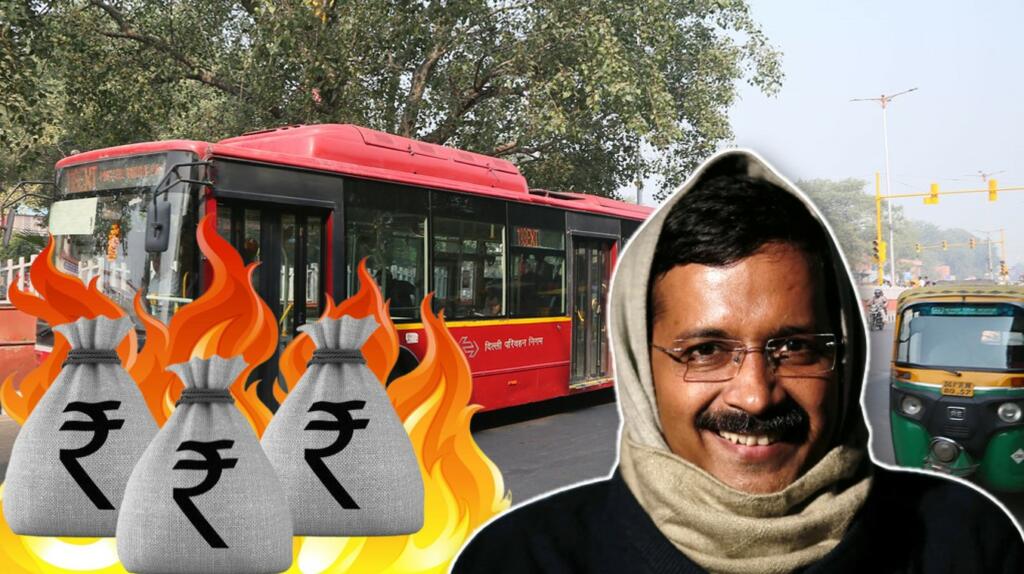Almost a decade ago, the entry of Arvind Kejriwal into Indian politics took the freebie promise to an altogether different level. Although Indian politics has always been populist like any other poor country and the Congress party has won the election on the promise of freebies, not jobs, the entry of Kejriwal brought this kind of politics to urban areas.
Earlier the freebie politics was limited to rural areas of the country, given rampant poverty and low productivity in those areas. However, Kejriwal promised free electricity, free water, free ration, free metro travel, free bus ride, free education, and free healthcare to the people of Delhi. Healthcare and education are considered public goods and every party promises to deliver them, but along with that, the governments in developing countries/states/municipalities promise better infrastructure to create jobs and spur economic growth.
But Kejriwal’s sole focus is on the distribution of freebies, no infrastructure, no economic growth, no jobs – only freebies. And in many urban areas, the politics of Kejriwal is working. With success in Delhi, he has very consciously focused on urban areas in the last few years – be it Goa, Surat, or Punjab.
With the increasing freebies, the state debt burden is rising despite the reduction in infrastructure spending. On March 31, 2021, Delhi’s debt was Rs 40,696.66 crore but the state government offered another 700 crore rupees subsidy to the construction workers. Instead of improving connectivity to remote locations of Delhi where the workers usually live, the Kejriwal government is offering free bus travel to them.
During the occasion, Sisodia said, “10 lakh workers have been registered in Delhi. In the last one year, the Kejriwal government distributed Rs 600 crore among the 10 lakh registered workers (under various welfare schemes), which is the highest amount distributed among workers in the entire country.”
Kejriwal has not been able to implement free rides in Delhi Metro but implemented the same in Delhi Transport Corporation. The DTC had posted a loss of 942.89 crore rupees in 2013-14 before Kejriwal came to power. But since the AAP government came to power, the loss has increased exponentially to reach 1,750.37 crore rupees in 2018-19. In five years, for most of which AAP was in power, the loss of DTC doubled.
Read More: After DMRC, Arvind Kejriwal’s unfeasible free ride for women scheme red-flagged by DTC as well
The loss doubled although the number of buses under DTC reduced from 5,223 in 2013-14 to 3,951 in 2017-18. In just four years, the number of DTC buses came down by almost 1,300 as no new bus was added at the expiry of old ones. Not just that, the number of DTC rides also came down to 29.86 lakh in 2017-18 from 31.55 lakh in 2016-17.
Read More: CM Kejriwal, are you waiting for people to get roasted alive in DTC buses?
Kejriwal has remained loyal to ‘radical populism’, even if the people had to pay the cost in the long term. The Delhi Chief Minister understands that radical populism is the easiest way to win an election in an urban conglomerate like the capital city. And so far, he has worked in the same direction.
Free water, free power, free education, free health, and free metro rides- all these are the leaflets of Kejriwal’s urban populism. His politics has worked very well so far, but in the long run, the people of Delhi will have to pay for the loss, as the services will deteriorate over time with the lowering of Capital expenditure.
